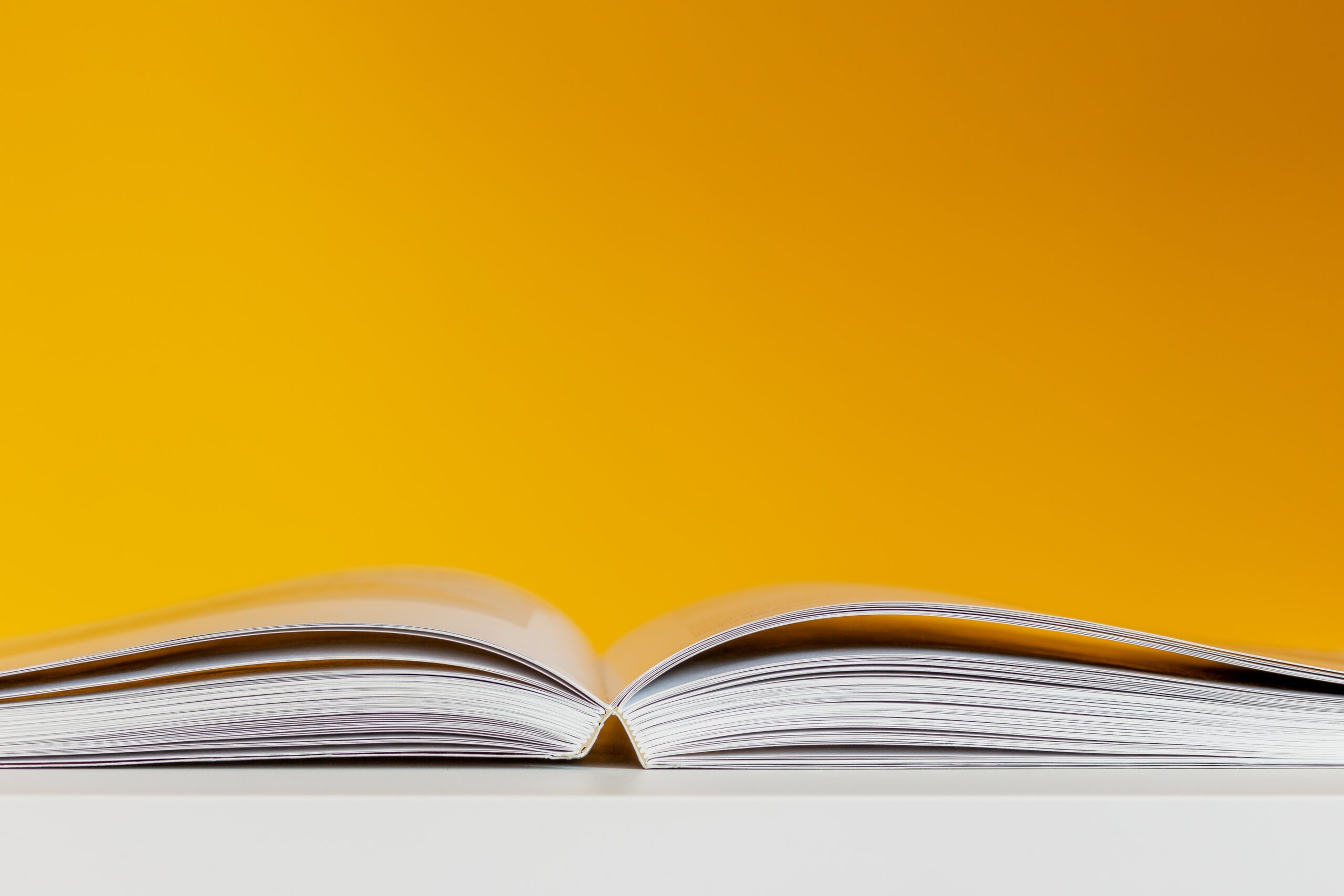
Poetry employs a rich variety of literary devices that enhance its meaning, musicality, and emotional impact. Understanding these devices is crucial for both readers and writers, as they add depth and complexity to poems. Below is a comprehensive overview of commonly used literary devices in poetry.
Sound Devices
Alliteration
Alliteration is the repetition of consonant sounds at the beginning of words or syllables. It creates a musicality that can heighten the emotional effect of a poem. For example, in the phrase “Peter Piper picked a peck of pickled peppers,” the repeated ‘p’ sound emphasizes the playful rhythm of the line[8].
Assonance
Assonance refers to the repetition of vowel sounds within nearby words. This device adds a lyrical quality to poetry and can enhance the mood. An example would be, “I hear the soft sigh of the waves,” where the long ‘o’ and ‘i’ sounds create a soothing effect[8].
Consonance
Similar to assonance, consonance involves the repetition of consonant sounds, but can occur anywhere in the word, not just at the beginning. For instance, in Edgar Allan Poe’s “The Raven,” the use of consonance contributes to the poem’s haunting quality[9].
Onomatopoeia
Onomatopoeia is the use of words that imitate the sounds they describe, such as “buzz” or “whisper.” This device immerses the reader in sensory experiences, enhancing the imagery of the poem. For example, Samuel Taylor Coleridge uses phrases that mimic sound in 'The Rime of the Ancient Mariner'[10].
Euphony and Cacophony
Euphony refers to the use of soft, harmonious sounds, creating a pleasant auditory experience. In contrast, cacophony uses harsh, discordant sounds to evoke feelings of chaos or discomfort. For example, poetic lines that utilize smooth, flowing sounds create euphony, whereas jarring consonants can produce cacophony[10].
Figurative Language
Metaphor
A metaphor directly compares two unrelated things by stating that one is the other, providing a deeper meaning. For instance, saying “Time is a thief” implies that time steals moments from our lives without literally being a thief[6].
Simile
Similar to a metaphor, a simile compares two different things, but it does so using “like” or “as.” For example, “Her smile is like the sun,” creates a vivid image that suggests warmth and brightness[6].
Personification
Personification attributes human qualities to non-human entities, making them relatable. For example, in the line, “The wind whispered through the trees,” the wind is given the ability to whisper, enhancing the imagery and emotional resonance of the line[8].
Symbolism
Symbolism involves using an object, person, or event to represent broader concepts or ideas. For example, a dove often symbolizes peace. This layering of meaning allows poets to communicate complex themes succinctly[9][10].
Hyperbole
Hyperbole is an exaggerated statement not meant to be taken literally, often used for emphasis or comedic effect. For instance, saying “I’m so hungry I could eat a horse” emphasizes extreme hunger without intending a literal interpretation[7][8].
Structural Devices
Enjambment
Enjambment occurs when a line breaks before completing a thought or sentence, continuing onto the next line without a pause. This technique can create urgency or tension within a poem. For example, T.S. Eliot uses enjambment in “The Waste Land” to enhance the flow of ideas[10].
Rhyme and Rhyme Scheme
Rhyme involves the repetition of similar sounds at the end of lines. A rhyme scheme is the ordered pattern of these rhymes throughout a poem. For example, the structure of a sonnet typically includes a specific rhyme scheme that adds rhythm and musicality[5][9].
Meter
Meter refers to the rhythmic structure of a poem, determined by the pattern of stressed and unstressed syllables. Different types of meter, such as iambic pentameter, give poetry a formal quality and can influence the poem's tone[9][10].
Repetition
Repetition involves the use of the same word or phrase multiple times to emphasize a point or create a sense of rhythm. This device can reinforce themes or central ideas within the poem, making them resonate more deeply with readers[8][9].
Conclusion
These literary devices combine to create poetry that is not only aesthetically pleasing but also rich in meaning. By mastering these techniques, poets can craft powerful works that evoke emotions, convey complex ideas, and leave lasting impressions on their readers. Understanding and identifying these devices is beneficial for anyone engaged in the study or creation of poetry, as they enhance both the reading and writing experiences. Each device offers unique functions, and their effective use can significantly elevate the impact of poetic works.
Get more accurate answers with Super Pandi, upload files, personalized discovery feed, save searches and contribute to the PandiPedia.
Let's look at alternatives:
- Modify the query.
- Start a new thread.
- Remove sources (if manually added).